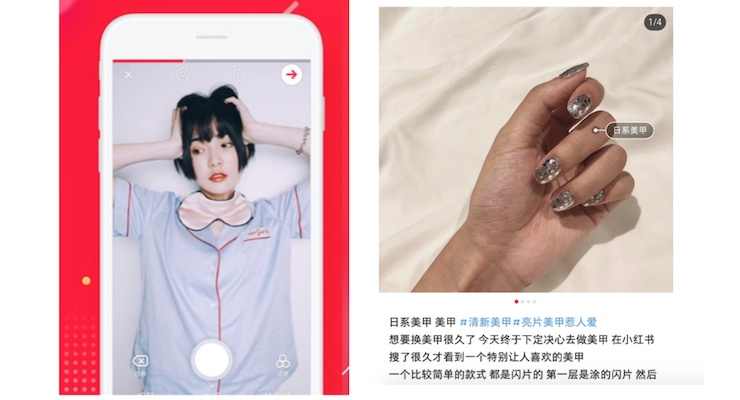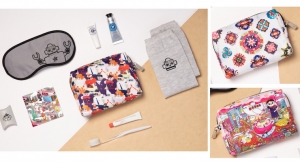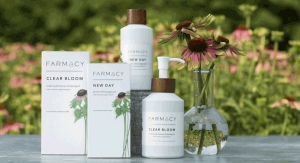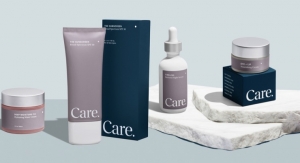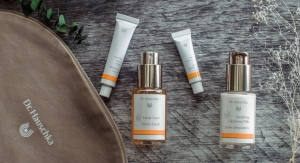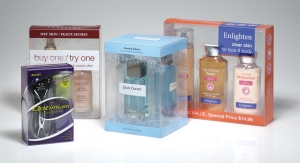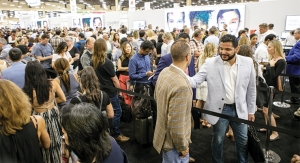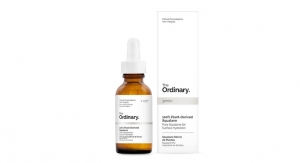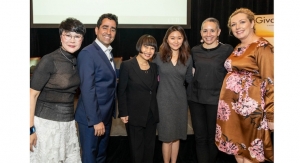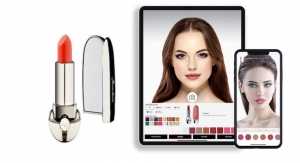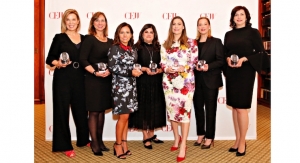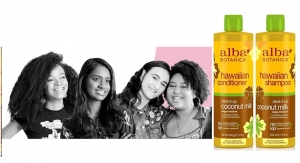Bowen Yang06.27.19
When it comes to telling a brand story, it's essential to connect with the consumers with a human touch instead of archaic methods like product-driven marketing.
Particularly important in the beauty and personal care (BPC) space, brands need to integrate these three elements to resonate with the Chinese consumers:
- Communicate the brand's core identity
- Align internal corporate DNA
- Treat consumers as important VIPs
Here are eight trends impacting the beauty and personal care markets in Asia:
Craftsmanship
The devotion to Western (mainly European) brands has hindered the growth of local, homegrown Chinese brands, but China has been on a long path to changing the "Made in China" perception of low-quality bargain products to well-established luxury goods producers. Luxury consumers are looking for outstanding customer experience, incredible brand storytelling, and strategic partnerships.
Last year, the French cosmetics giant, L'Oréal collaborated with Alibaba to commit using environmentally friendly packaging in China. The partnership positions L'Oréal as a brand that strives for corporate responsibility and enables Alibaba to include this effort as part of its ongoing efforts on positioning itself as new age retail.
Ingredient Exploration
The K-beauty industry is quite ahead compared to the Western beauty industry, mainly because they are unafraid to introduce new, unique ingredients such as snail mucin for moisturizing, pearl for brightening or green tea for oil control.
Similar to K-beauty, J-beauty has grown its identity in both Eastern and Western countries due to the usage of raw and powerful ingredients in its cosmetic products. Anything related to natural skincare innovations and “responsible environmental” are well accepted by the younger generations in the Eastern countries.
Sustainable Self-Care
Consumers are increasingly looking for products that contribute to their overall physical and mental wellness goals without harming the environment. Environmental sustainability, cruelty-free labelling continues to be paramount, with the younger Chinese consumers.
While Western brands have been pioneering in this category, Chinese brands are on the rise in pursuing this model. Hong Kong based, Beyorg Organic, and Singapore based Allies of Skin are examples of new brands that have vowed to produce toxin-free and chemical-free products. These brands are born to reach out to the knowledgeable new generation seeking clean and sustainable skincare products.
Gender Fluidity
The APAC region has always been ahead of the curve when it comes to expressing identity. Now, there is a new type of individuality — narrowing the gap between what is masculine and feminine. Higher social acceptance of male beauty bloggers has expanded the availability of products that were once limited to just one gender.
Men have integrated a skincare regime as part of their lifestyle to maintain healthy skin by breaking free from the conventional notion of men using beauty products as “girly.” Though the trend hit Eastern men slightly later, the trend has rapidly amplified on social media where male vloggers are seen to provide beauty tutorials similar to female beauty bloggers. Liang Jinheng is a classic example of a male beauty blogger with over one million followers on Weibo.
Influencer-Led Content
Social media is actively changing the way beauty brands express themselves either directly as a brand or via influencers. Influencer marketing has changed the way brands — specifically the beauty and luxury sectors — promote content.
Influencers create authentic content to gain the trust of their followers, who are already receptive to the content. Chinese consumers prefer to connect with a KOL who takes them through the journey of product experience rather than the traditional ‘push’ marketing efforts by brands. The Xiaohongshu app (shown above) has been regarded as an effective channel for influencers to promote brands/products through their authentic reviews on the items or experiences.
Artificial Intelligence
Advancing technologies such as AI and blockchain provide real-time data monitoring — delivering consistent and optimized experiences throughout the customer journey. This technology helps marketing campaigns drive sales by providing relevant information and enhancing the user experience.
As consumers seek highly personalized products, brands such as Nars are applying data derived from AI, to create the next wave of cosmetics technology and custom-built products. Application of AI are further expected to be rolled out by more prestigious brands to keep ahead in the branding competition.
In-Store Experiences
To handle the competition, beauty brands must step up their in-store game. Knowing that many consumers collect research online and make purchases offline, creating meaningful experiences in brick-and-mortar locations is essential.
Recently in China, Sephora ran an in-store campaign of its products and hosted the global beauty trend preview 2019 spring/summer runway season. Engaging with customers on what's new and what's trendy elevates the retail experience and provides content for beauty influencers to blog about.
Offline Customer Journey
The Omni-retailer comprises a network of brick-and-mortar stores while adhering to a comprehensive multi-channel e-commerce strategy. Customers begin their purchasing journey by interacting with a brand online. They then make a trip down to the retail store to try it out and finally return to their online community for unbiased advice before finalizing their purchase.
The dynamic purchasing behavior of consumers forces retailers to adopt and adapt to a digitized shopping economy to enjoy a sustained footing in the industry.

